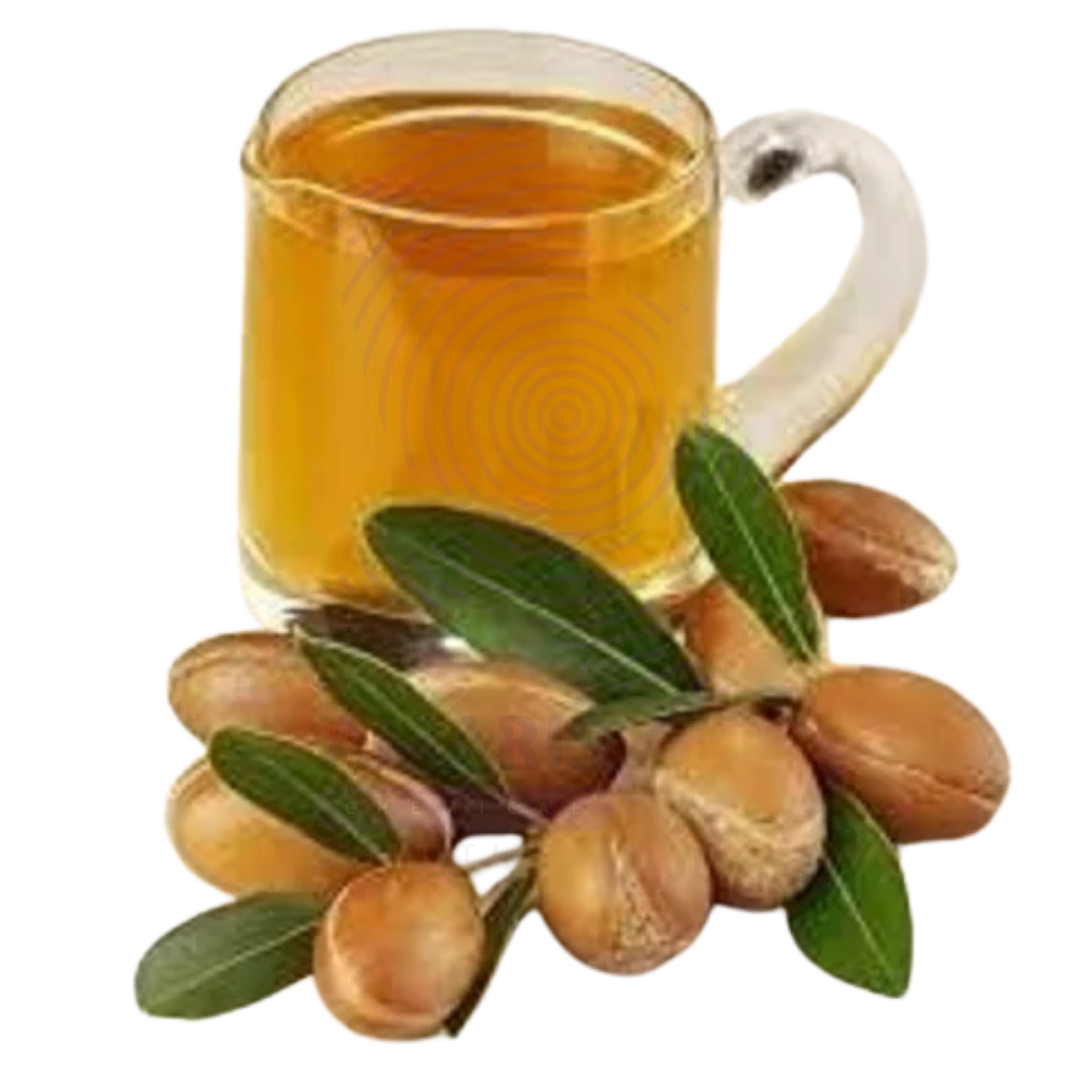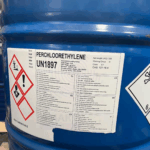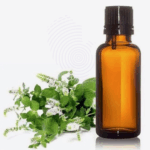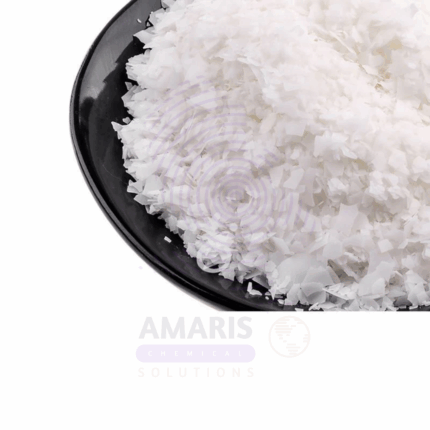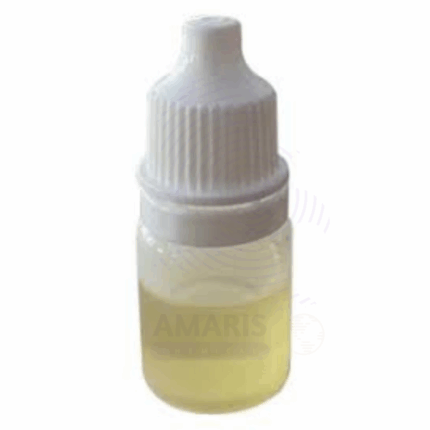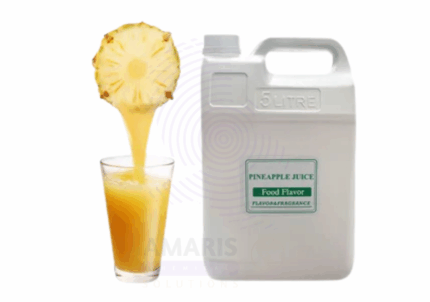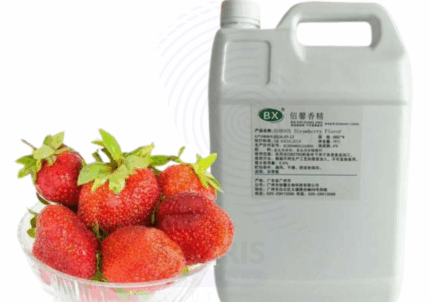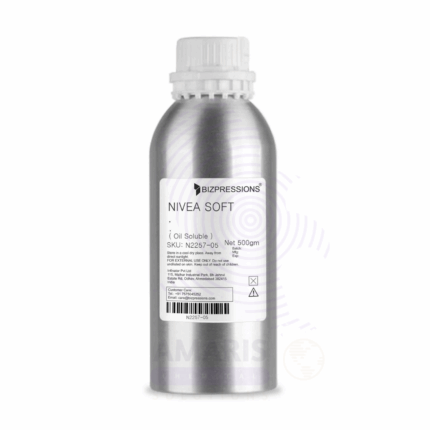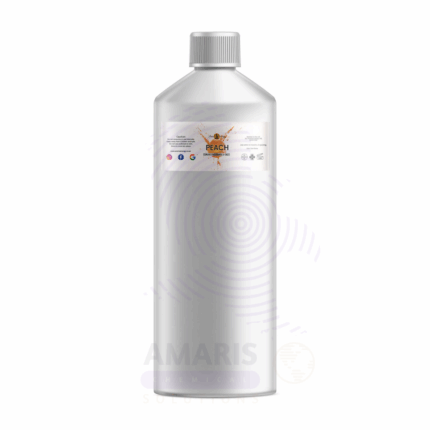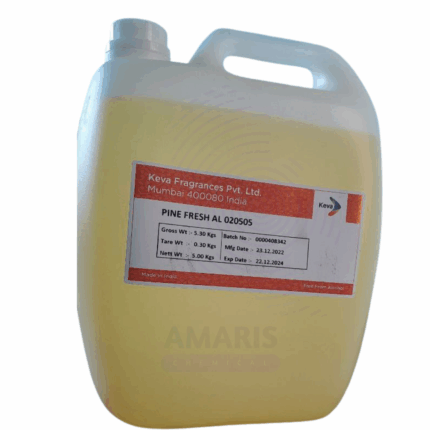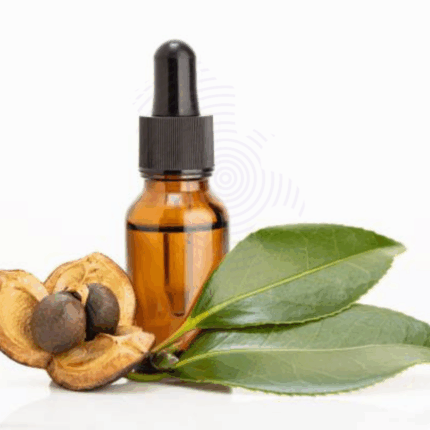Cade Crude 2 Oil
Cade Crude 2 Oil is a dark, viscous essential oil obtained through destructive distillation of the wood of the Juniperus oxycedrus tree (also known as prickly juniper). Known for its intense smoky, tar-like aroma and antiseptic qualities, this crude-grade cade oil is widely used in traditional skin remedies, veterinary care, and industrial cosmetic applications—especially in products aimed at treating chronic skin conditions such as psoriasis, eczema, and dandruff.
While not as refined as rectified Cade oil, Cade Crude 2 Oil retains a high concentration of phenols, cresols, and other active compounds that contribute to its strong antimicrobial, antifungal, and antipruritic effects. It is used cautiously in topical formulations at low dilution levels and is valued in rustic and smoky fragrance compositions.
Cade Crude 2 Oil
Primary Uses
- Cosmetics and Personal Care
- Used in scalp treatments, anti-dandruff shampoos, and scalp oils for its antifungal and sebum-balancing properties.
- Incorporated in salves, balms, and ointments for psoriasis, eczema, and chronic skin itching.
- Added to antiseptic soaps and facial cleansers for acne-prone and oily skin types.
- Utilized in masculine fragrances and rustic colognes for its smoky, leathery scent profile.
- Used in traditional antiseptic foot balms and nail care products.
- Fragrance and Perfumery
- Acts as a smoky, leathery base note or fixative in perfumery—especially in fougère, leathery, or woody compositions.
- Enhances depth and complexity in niche or natural fragrances.
- Often paired with birch tar, vetiver, or patchouli for smoky accord creation.
- Aromatherapy (Cautious Use)
- Occasionally used for grounding and emotional clearing, especially in ritualistic or earthy blends.
- Included in deep-cleansing inhalation blends with caution due to strong scent.
Secondary Uses
- Veterinary and Agricultural Applications
- Historically used in animal care products for treating mange, cracked hooves, and skin parasites.
- Employed in pet shampoos and topical ointments in low concentrations for antiseptic effects.
- Industrial and Traditional Uses
- Used in tar-based soaps, ointments, and rustic cosmetic formulations.
- Found in old European and Mediterranean skin remedies for tough, infected, or itchy skin.
1. Basic Identification Attributes
- Botanical Source: Juniperus oxycedrus
- Common/Trade Name: Cade Crude 2 Oil
- INCI Name: Juniperus Oxycedrus Wood Tar
- CAS Number: 8013-10-3
- HS Code: 3301.29
- Synonyms: Cade Oil, Juniper Tar, Juniperus Tar Oil, Crude Cade Oil
2. Physical & Chemical Properties
- Physical State: Thick, viscous liquid
- Color & Odor: Dark brown to black; smoky, phenolic, tar-like odor
- Solubility: Insoluble in water; soluble in alcohol and oils
- Main Components: Phenols (e.g. guaiacol, creosol), cresols, hydrocarbons
- Refractive Index: 1.520 – 1.550
- Specific Gravity: 1.020 – 1.090
3. Safety & Hazard Attributes
- GHS Classification: Irritant; handle with care
- Toxicity: Can be sensitizing; avoid prolonged or undiluted use
- Allergen Information: Contains phenolic compounds which may irritate sensitive skin
- Exposure Limits: Use at low concentrations (<1%) in topical applications
4. Storage & Handling Attributes
- Storage Conditions: Store tightly sealed in a cool, dark place
- Container Type: Use HDPE or amber glass containers due to corrosive potential
- Shelf Life: 2 years when stored properly
- Handling Precautions: Avoid direct contact; use gloves and avoid inhaling fumes
5. Regulatory & Compliance Attributes
- Limited dermal use per IFRA standards due to phenol content
- Restricted in some cosmetic applications; not for internal use
- Must be used with professional formulation guidance in skin care products
6. Environmental & Health Impact
- Biodegradability: Slow to degrade due to heavy tar content
- Ecotoxicity: Moderate if disposed in large amounts—avoid environmental release
- Bioaccumulation: Not significant in standard concentrations
Safety Handling Precautions
- PPE Required: Gloves, goggles, and apron when handling bulk amounts
- Handling Guidelines: Use in well-ventilated areas; avoid contact with eyes and mucosa
First Aid Measures
- Inhalation: Move to fresh air; seek medical help if symptoms persist
- Skin Contact: Wash with soap and water; discontinue use if irritation occurs
- Eye Contact: Flush immediately with water for 15 minutes
- Ingestion: Do not induce vomiting; seek emergency medical care
Firefighting Measures
- Fire Hazards: Combustible oil
- Extinguishing Media: Dry chemical, CO₂, foam
- Special Precautions: Use protective gear to avoid inhalation of fumes
- Hazardous Combustion Products: Aromatic hydrocarbons, carbon oxides


 Preservatives(food)
Preservatives(food) Flavor Enhancers
Flavor Enhancers Acidulants
Acidulants Sweeteners
Sweeteners Antioxidants
Antioxidants Colorants(food)
Colorants(food) Nutraceutical Ingredients (food)
Nutraceutical Ingredients (food) Nutrient Supplements
Nutrient Supplements Emulsifiers
Emulsifiers
 Collectors
Collectors Dust Suppressants
Dust Suppressants Explosives and Blasting Agents
Explosives and Blasting Agents Flocculants and Coagulants
Flocculants and Coagulants Frothers
Frothers Leaching Agents
Leaching Agents pH Modifiers
pH Modifiers Precious Metal Extraction Agents
Precious Metal Extraction Agents
 Antioxidants(plastic)
Antioxidants(plastic) Colorants (Pigments, Dyes)
Colorants (Pigments, Dyes) Fillers and Reinforcements
Fillers and Reinforcements Flame Retardants
Flame Retardants Monomers
Monomers Plasticizers
Plasticizers Polymerization Initiators
Polymerization Initiators Stabilizers (UV, Heat)
Stabilizers (UV, Heat)
 Antifoaming Agents
Antifoaming Agents Chelating Agents
Chelating Agents Coagulants and Flocculants
Coagulants and Flocculants Corrosion Inhibitors
Corrosion Inhibitors Disinfectants and Biocides
Disinfectants and Biocides Oxidizing Agents
Oxidizing Agents pH Adjusters
pH Adjusters Scale Inhibitors( water)
Scale Inhibitors( water)
 Antioxidants(cosmetic)
Antioxidants(cosmetic) Emollients
Emollients Fragrances and Essential Oils
Fragrances and Essential Oils Humectants
Humectants Preservatives
Preservatives Surfactants(cosmetic)
Surfactants(cosmetic) Thickeners
Thickeners UV Filters
UV Filters
 Fertilizers
Fertilizers Soil Conditioners
Soil Conditioners Plant Growth Regulators
Plant Growth Regulators Animal Feed Additives
Animal Feed Additives Biostimulants
Biostimulants Pesticides (Herbicides, Insecticides, Fungicides)
Pesticides (Herbicides, Insecticides, Fungicides)
 Active Pharmaceutical Ingredients (APIs)
Active Pharmaceutical Ingredients (APIs) Excipients
Excipients Solvents(pharmaceutical)
Solvents(pharmaceutical) Antibiotics
Antibiotics Antiseptics and Disinfectants
Antiseptics and Disinfectants Vaccine Adjuvants
Vaccine Adjuvants Nutraceutical Ingredients (pharmaceutical)
Nutraceutical Ingredients (pharmaceutical) Analgesics & Antipyretics
Analgesics & Antipyretics
 Analytical Reagents
Analytical Reagents Solvents(lab)
Solvents(lab) Chromatography Chemicals
Chromatography Chemicals Spectroscopy Reagents
Spectroscopy Reagents microbiology-and-cell-culture-reagents
microbiology-and-cell-culture-reagents Molecular Biology Reagents
Molecular Biology Reagents Biochemical Reagents
Biochemical Reagents Inorganic and Organic Standards
Inorganic and Organic Standards Laboratory Safety Chemicals
Laboratory Safety Chemicals Specialty Laboratory Chemicals(Special Laboratory Equipment)
Specialty Laboratory Chemicals(Special Laboratory Equipment)
 Demulsifiers
Demulsifiers Hydraulic Fracturing Fluids
Hydraulic Fracturing Fluids Scale Inhibitors(oil)
Scale Inhibitors(oil) Surfactants(oil)
Surfactants(oil) Drilling Fluids
Drilling Fluids
 Dyes and Pigments
Dyes and Pigments Bleaching Agents
Bleaching Agents Softening Agents
Softening Agents Finishing Agents
Finishing Agents Antistatic Agents
Antistatic Agents
 Admixtures
Admixtures Waterproofing Agents
Waterproofing Agents Sealants and Adhesives
Sealants and Adhesives Curing Compounds
Curing Compounds Concrete Repair Chemicals
Concrete Repair Chemicals Anti-Corrosion Coatings
Anti-Corrosion Coatings
 Surfactants(cleaning)
Surfactants(cleaning) Builders
Builders Enzymes
Enzymes Solvents (Cleaning)
Solvents (Cleaning) Fragrances
Fragrances
 Electronic Chemicals
Electronic Chemicals Catalysts
Catalysts Lubricants
Lubricants Photographic Chemicals
Photographic Chemicals Refrigerants
Refrigerants Automotive chemicals
Automotive chemicals Pyrotechnic Chemicals
Pyrotechnic Chemicals
 Biodegradable Surfactants
Biodegradable Surfactants Bio-based Solvents
Bio-based Solvents Renewable Polymers
Renewable Polymers Carbon Capture Chemicals
Carbon Capture Chemicals Wastewater Treatment Chemicals
Wastewater Treatment Chemicals
 Pigments
Pigments Solvents(paint)
Solvents(paint) Specialty Coatings
Specialty Coatings Binders/Resins
Binders/Resins Additives
Additives Driers
Driers Anti-Corrosion Agents
Anti-Corrosion Agents Functional Coatings
Functional Coatings Application-Specific Coatings
Application-Specific Coatings
 Fresh Herbs
Fresh Herbs Ground Spices
Ground Spices Whole Spices
Whole Spices Spice Blends
Spice Blends Dried Herbs
Dried Herbs
 Leavening Agents
Leavening Agents Dough Conditioners
Dough Conditioners Flour Treatments
Flour Treatments Fat Replacers
Fat Replacers Decoratives
Decoratives Preservatives(baking)
Preservatives(baking)
 Plasticizers & Softeners
Plasticizers & Softeners Reinforcing Agents
Reinforcing Agents Adhesion Promoters
Adhesion Promoters Vulcanizing Agents
Vulcanizing Agents Antidegradants
Antidegradants Blowing Agents
Blowing Agents Fillers & Extenders
Fillers & Extenders Accelerators & Retarders
Accelerators & Retarders